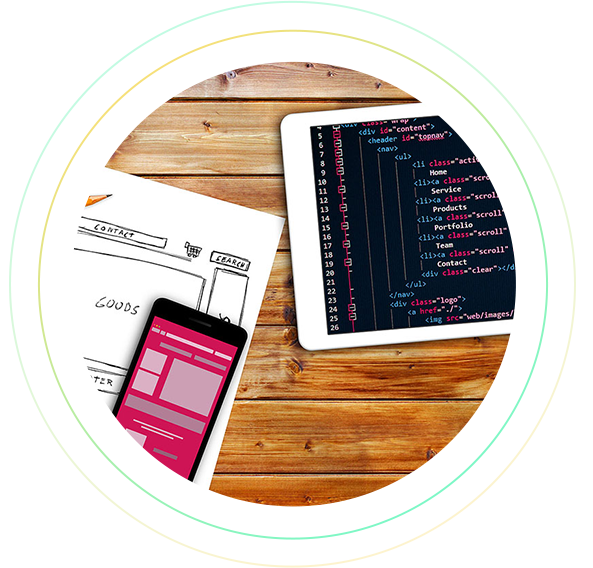Throughout all our Solutions, we adopt a full lifecycle approach to manage the technology solutions that are best suited for to our customers’ needs.
The software development lifecycle is divided into 5 phases:
PLANNING:
Business prerequisites are acknowledged in this phase. Meetings with supervisors, partners and customers are held to decide the prerequisites.
ANALYSIS:
This is the most important phase where requirement gathering or requirement analysis is carried out by the most skilled and experienced software engineers in the organization. After the requirements are gathered, the scope of
the project is determined and documented.
DESIGN:
In this third phase, the system and software design documents are prepared as per the requirement specification document. This helps define overall system architecture.
IMPLEMENTATION:
The complexity of this stage heavily depends on the outcome of the analysis and design stages. In this phase, developers start building the entire system by writing code using the chosen programming language. In the implementation
phase, tasks are divided into units or modules and assigned to the various developers.
TESTING:
Once completed, the software is deployed in the testing environment. The testing team starts testing the functionality of the entire system to verify that the entire application works according to the customer requirements.
MAINTENANCE
Once the system is deployed, and customers start using the developed system, the below 3 activities occur
- Bug fixing - bugs are reported because of some scenarios which are not tested at all
- Upgrade - Upgrading the application to the newer versions of the Software
- Enhancement - Adding some new features into the existing software




